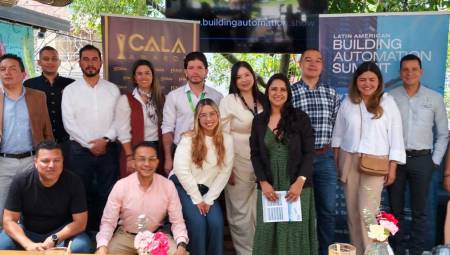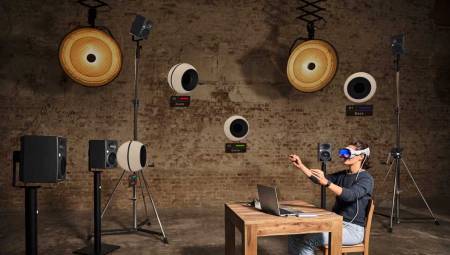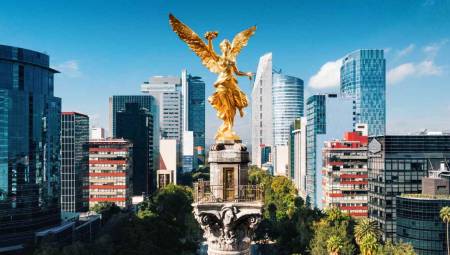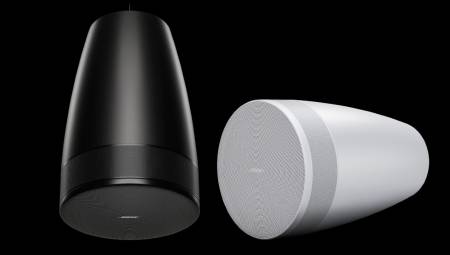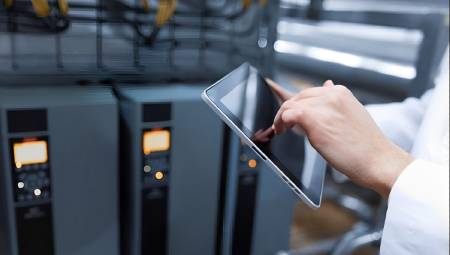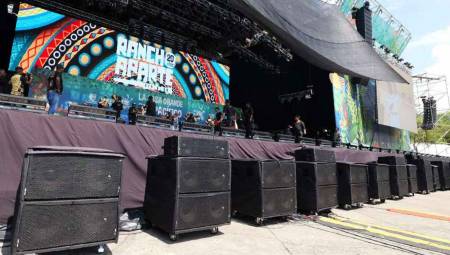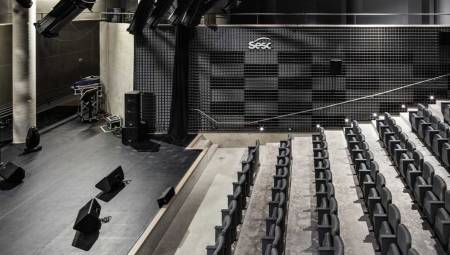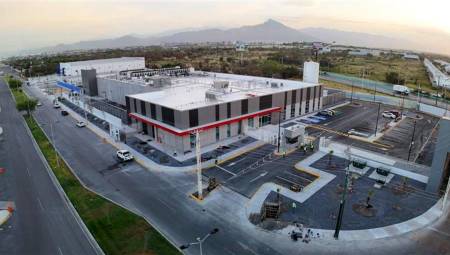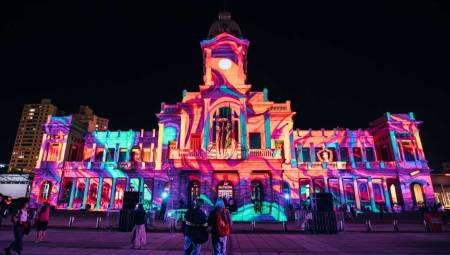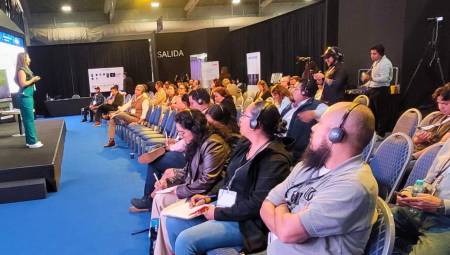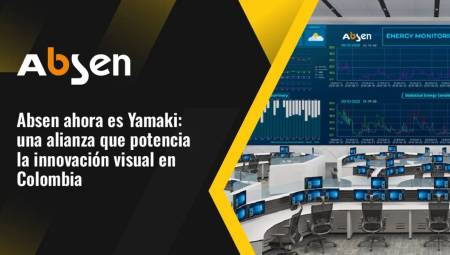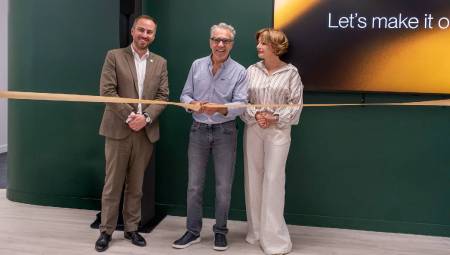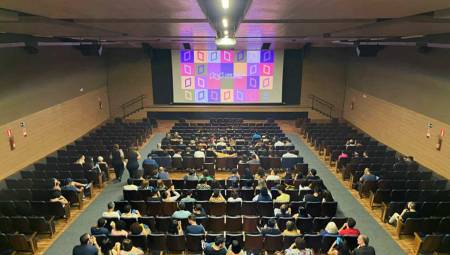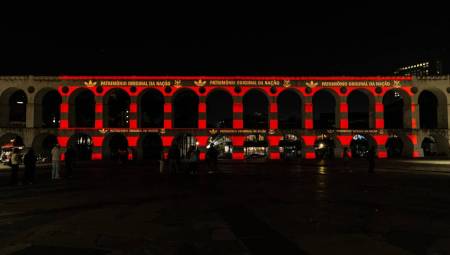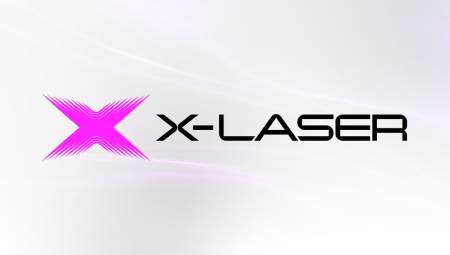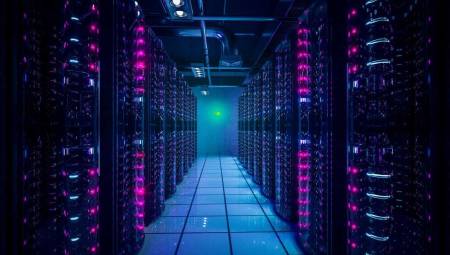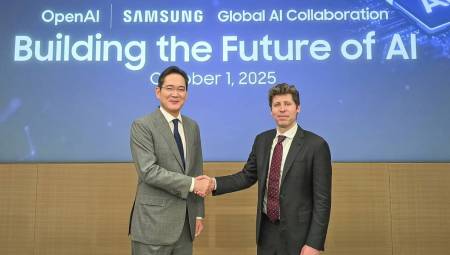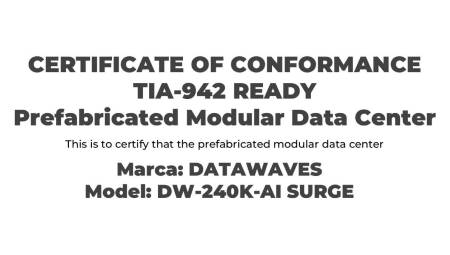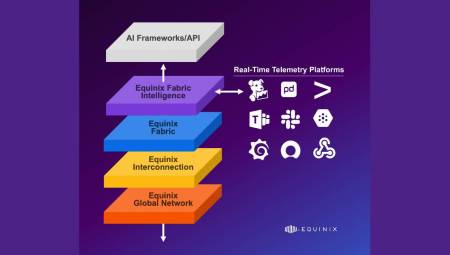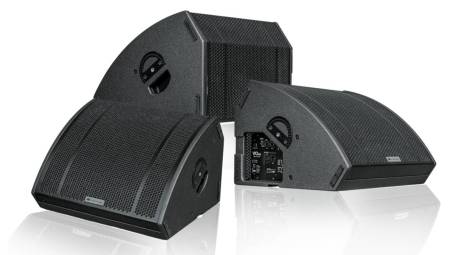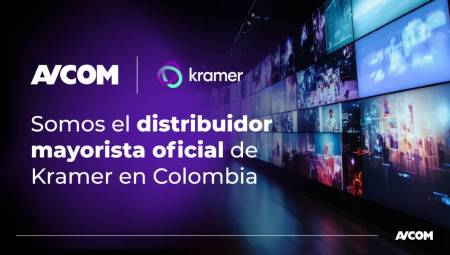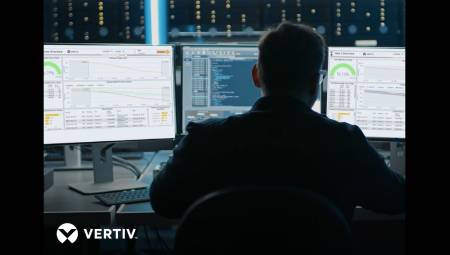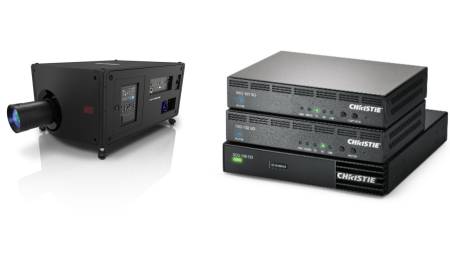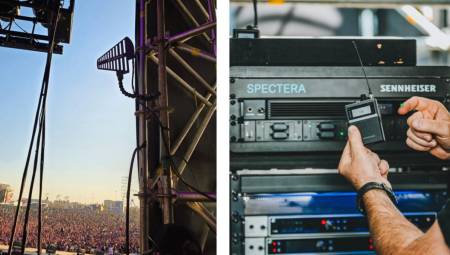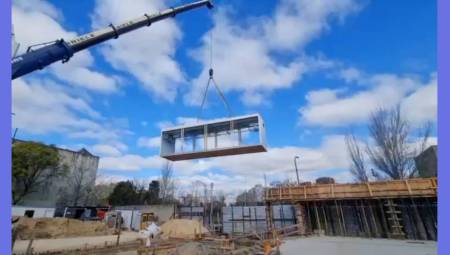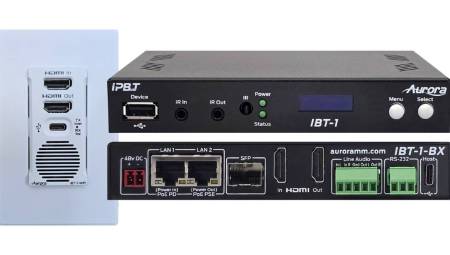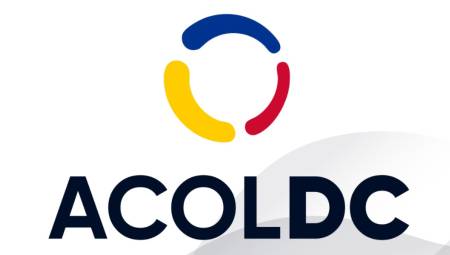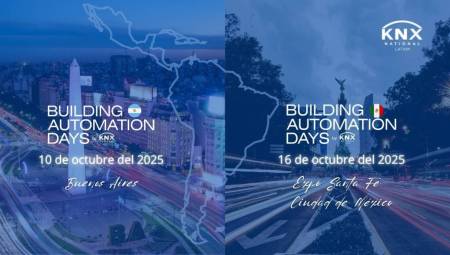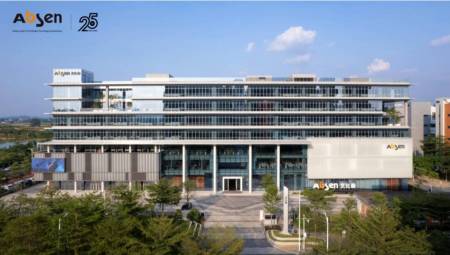Mexico. Architecture and real estate in Mexico are facing a structural change: the transformation of real estate into digital or smart buildings, capable of integrating connectivity, energy efficiency and automation to respond to growing technological and urban demand.
In this scenario, Panduit warns that the digitalization of the sector is already an urgent need and that these are the basis for developing smart cities.
"Smart buildings not only represent a technological leap, they are also a commitment to sustainability and competitiveness in an increasingly demanding real estate market. This trend is not only due to technological trends, but also to market pressures, emerging regulations and expectations of new users," says Juan Pablo Borray, Business Development Manager for Latin America, Panduit
According to a study by IMARC Group, the Mexican real estate market reached a value of 162.3 billion dollars in 2024 and will grow at an annual rate of 4.09% by 2033. In parallel, the building automation market in the country is estimated to increase from 1.63 billion dollars in 2024 to 3.7 billion in 2035, with a CAGR of 7.74% according to data from Market Research Future.
The route to smart buildings
Among the main drivers of this change are the rise of hybrid work, the demand for sustainable spaces and the increase in data consumption. However, experts point to key challenges for the sector: initial investment in digital infrastructure, system interoperability, upgrading old buildings and training professionals in new technologies.
"The term smart building is not new, its concept has evolved over time. Before, air conditioning, security, energy or video systems worked as isolated units, today thanks to technological convergence on IP networks, it is possible to integrate all these elements on the same platform, improving operability, reducing costs and facilitating centralized control in real time," says Borray.
A building of this type, according to the Panduit specialist, is one that uses technology to guarantee comfort, safety, sustainability and operational ease for its occupants. That is the basis for offering optimal experiences and being competitive in today's market.
Among the main challenges faced by architects, developers and investors are the initial investment in digital infrastructure, technological compatibility in old projects and the training of professionals in new connectivity technologies.
What do old buildings require to become smart and new ones to be resilient?
Although only 2% of the buildings in the world today qualify as truly smart, according to data from BSRIA, and shared by Juan Pablo Borray, from Panduit, the potential for growth in the region is enormous. The modernization of existing buildings requires careful planning that includes:
- Assess the current technological state: understand the level of digitalization of the organization and its future needs.
- Upgrading of structured cabling and electrical infrastructure to support new digital loads.
- Integration of management systems (lighting, HVAC, security, IoT) into a single platform.
- Optimisation of energy consumption through sensors and automation.
- High-speed, low-latency networks, such as WiFi 6/7 and edge computing solutions.
- Invest in infrastructure for the long term: plan copper and fiber optic cabling networks with a useful life of 15 to 20 years.
This process not only extends the useful life of the buildings, but also raises their market value by complying with international standards of sustainability and connectivity. However, this integration also entails new risks. For example, if the network fails, all critical systems could be compromised. Therefore, it is essential to have a resilient, reliable, secure, and scalable network infrastructure, which is designed not only for today's needs, but also for future ones
Architecture and digitalization: the future of Mexico
According to Panduit, the future of architecture in Mexico will be digital. Corporate buildings, hospitals, hotels, residences and public spaces will require infrastructures capable of guaranteeing safe, fast and resilient operations in the face of growing technological demand. Additionally, he added, beyond energy efficiency and sustainability, smart buildings also become facilitators of well-being and productivity for those who inhabit them.
"We are facing an opportunity to reimagine built spaces not only as physical structures, but as digital ecosystems that drive productivity, well-being and sustainability. In addition, these are the foundations to start the path towards smart cities since a robust infrastructure is necessary where the different devices converge," Borray points out.




